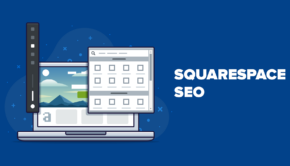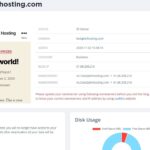5 factors for the success of CMMS implementation
Anyone who is familiar with running a company knows the importance of CMMS software. It can be a powerful tool for organizations to improve the effectiveness of maintenance as well as for the management of data and spare parts management. In order for a CMMS software to be successful, you have to make sure that it meets the specif needs of your company. But that is not all.
A good CMMS software which meets your needs will only work well for you if it is implemented in the correct manner. Poorly implementation of maintenance software will not only be useless but also hinder the smooth running of your business operations. So what should you do to reap the maximum benefits from your CMMS software? Read on to find out.
Focus on value
Before implementing or opting for a CMMS solution, always evaluate your needs, do a need analysis and define the objectives that you are trying to achieve so that you can invest in a solution centred on these objectives. They include developing a maintenance concept, deciding on some standards to conform to, and designing procedures to adhere to these standards. Without a clear idea of these objectives, a CMMS solution ends up as an asset register with a helpdesk for reactive maintenance. Thus mapping the implementation to the objectives is necessary.
Control over project size
Management of the size of the project is a difficult task when it comes to transformational projects. Expanding a current project with respect to the needs and expectations of various stakeholders can give rise to a set of new requirements which will be implemented without taking advantage of new features that modern CMMS software can offer. Go through current systems, data sources, maintenance processes and contracts. Also, figure out other areas that can benefit from automation. Improve workflows wherever possible. Verify whether the provider has experience in the field of maintenance and that best practices are integrated into the system.
Data collection
You need complete and accurate asset data for a CMMS to efficiently achieve its objectives. Thus, it is critical to organize the data in an orderly fashion the moment you start collecting the data. Check the data you already have, find out the missing data and fill them in. Design a project plan and set a budget so that all the data can be imported into the system before the system goes live. Make sure that your CMMS has data migration tools that support easy import of large volumes of data. Use mobile CMMS facility to improve the speed of data entry.
CMMS integration
Integration os essential to get the maximum benefits out of our CMMS software. If your CMMS solution is a part of an overreaching FMIS/IWMS platform, strong integration with other solutions like those for energy management and facility management is a standard method. Make sure that your supplier guarantees integration with external systems like financial software and enterprise asset management software for seamless user experience.
Software configuration
Implement a flexible self-service model instead of personalized supplier-dependent models. It is best to opt for standard software which follows the best practices in the domain and is configurable by the end-user. Configurable templates and process flows are very important to successful CMMS implementation. Evaluate your needs well and choose accordingly, since configuration options vary from provider to provider.
















